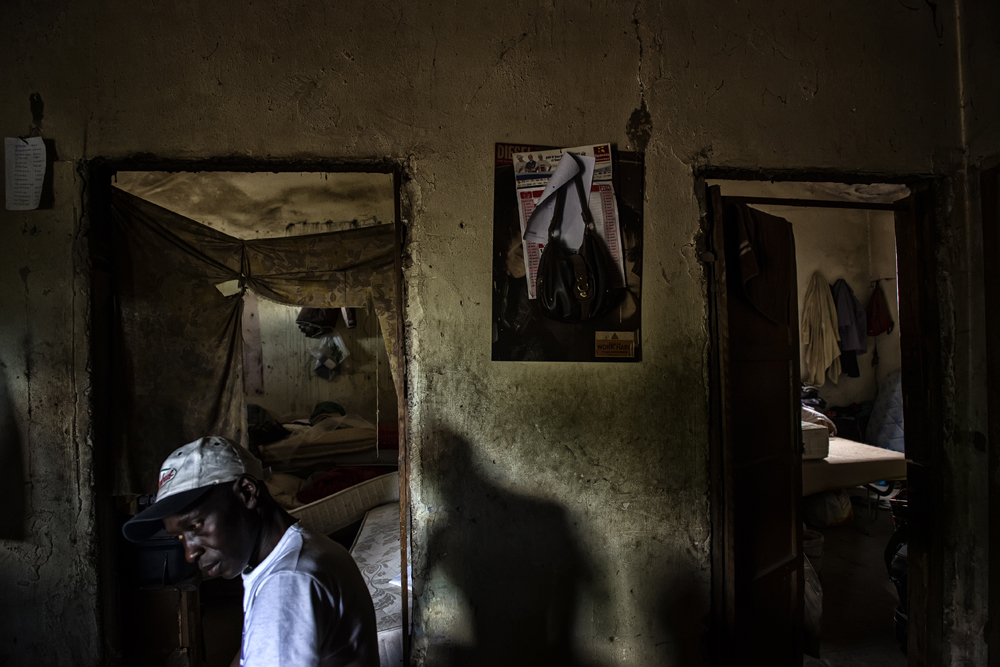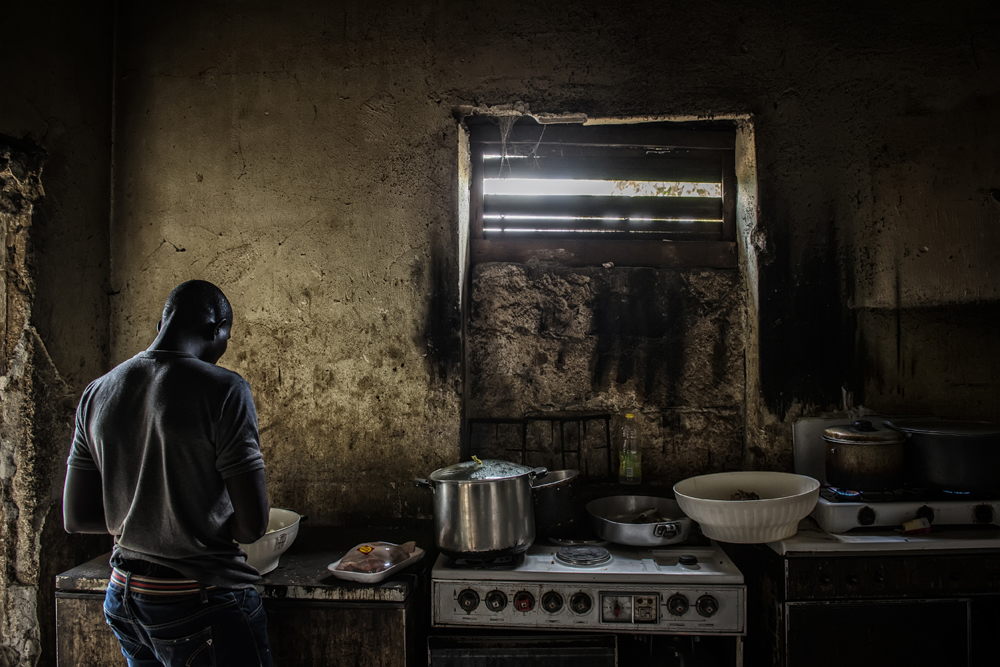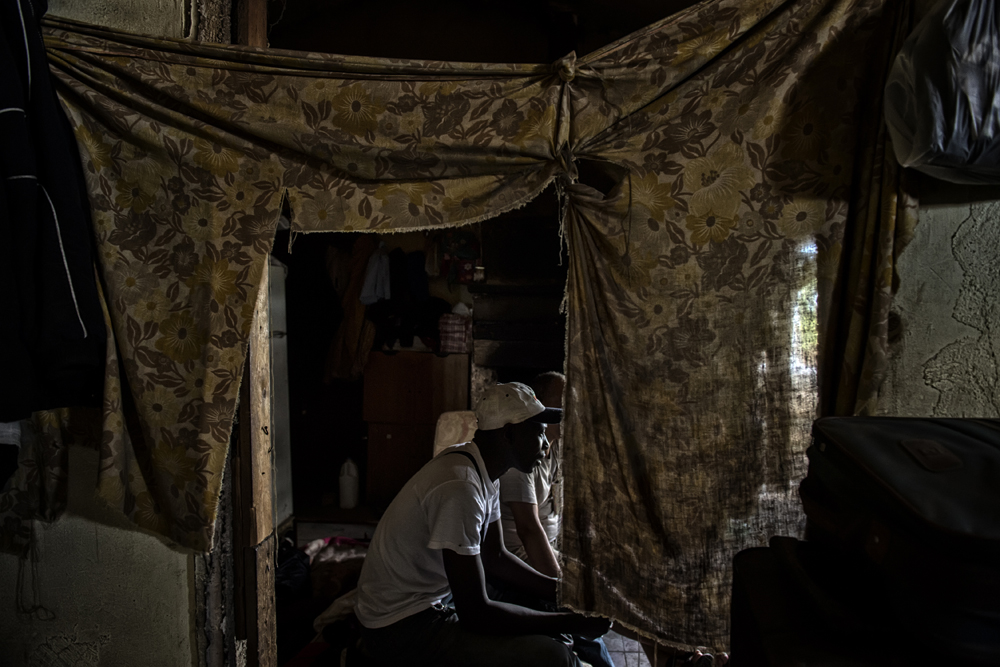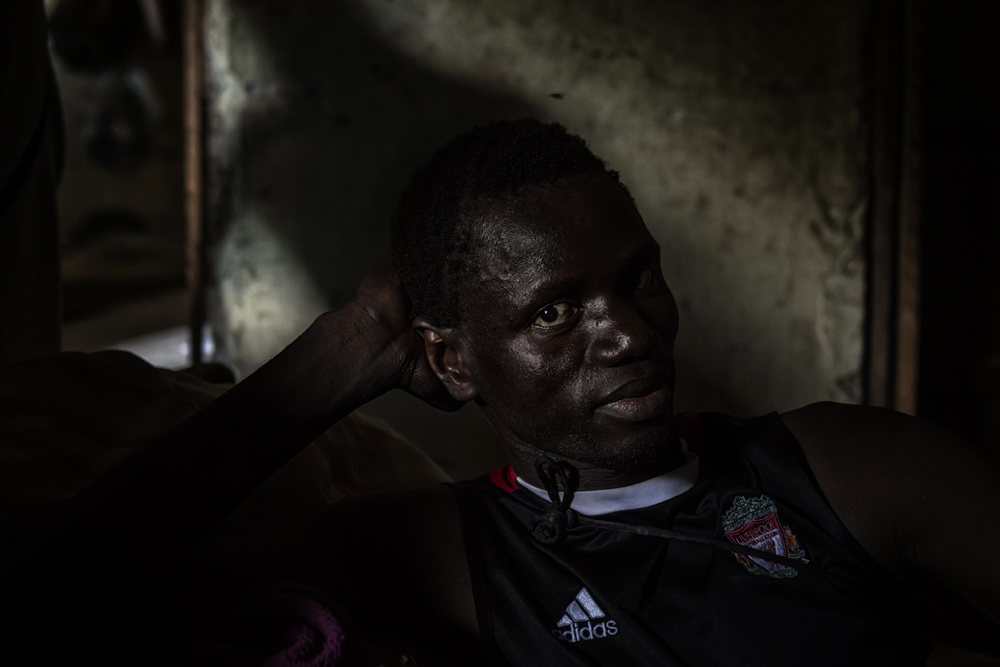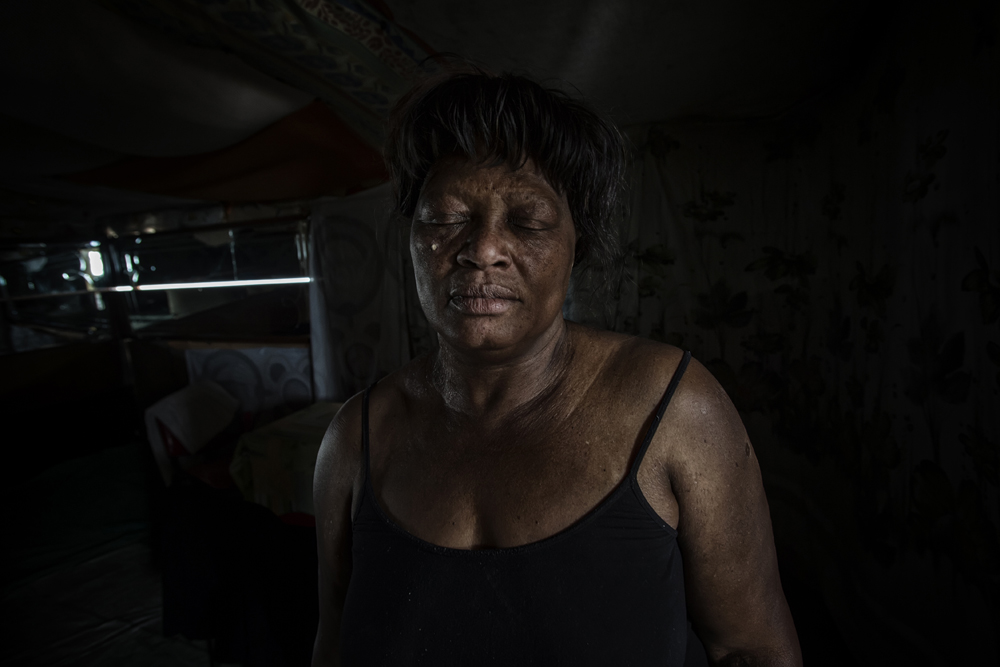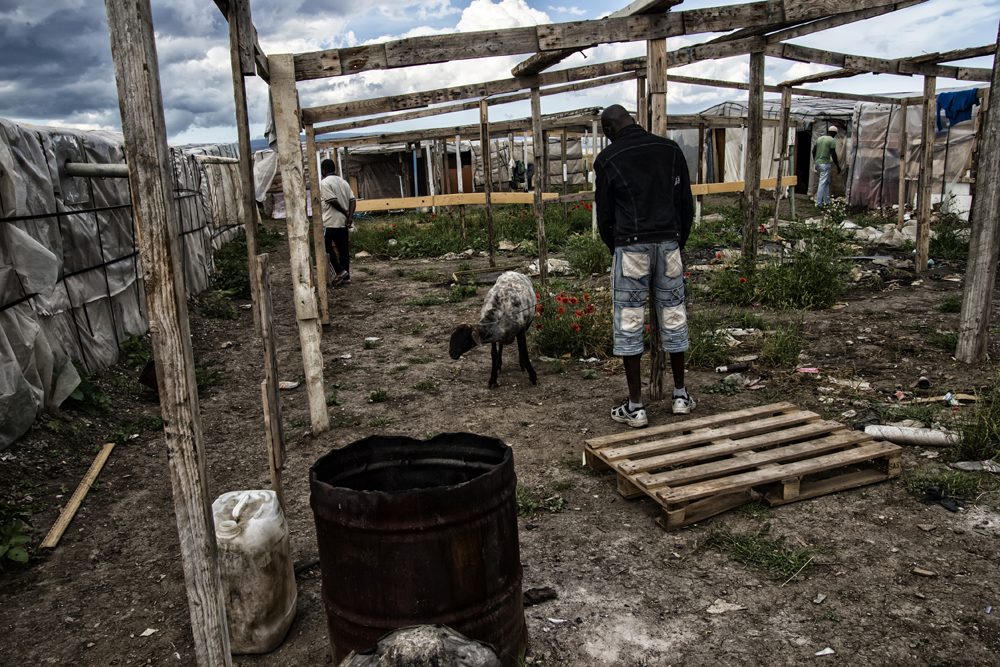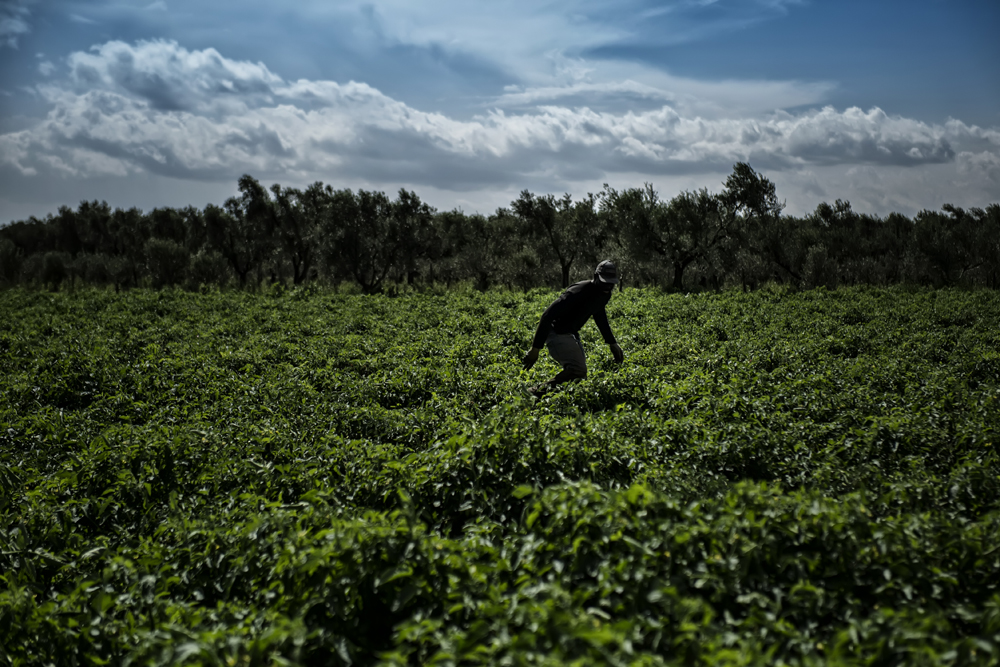BLACK TOMATO
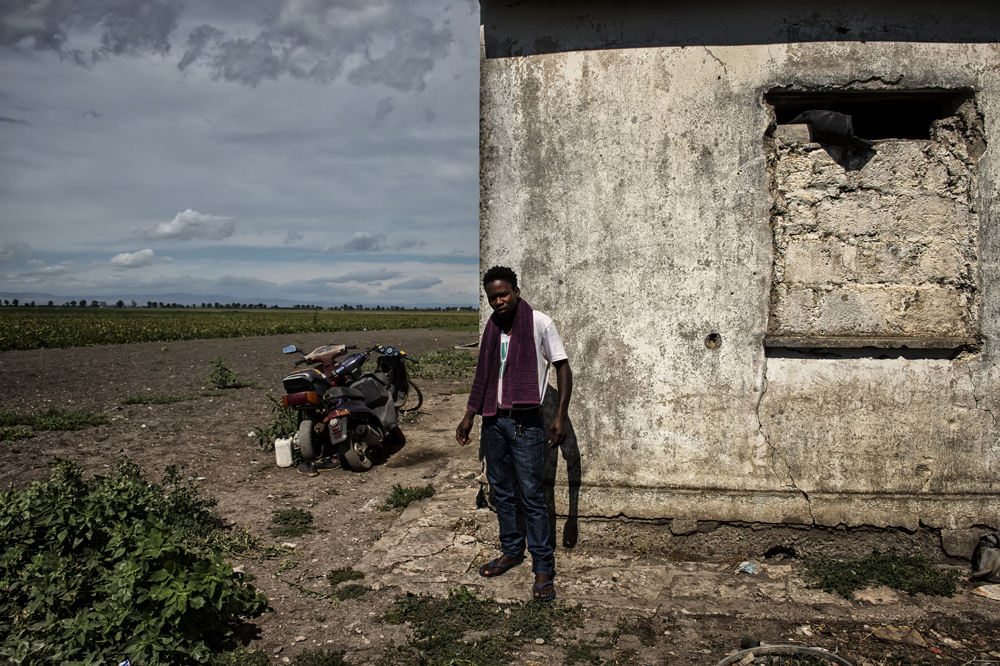
-
Photographerstefano schirato
At Rignano Garganico, near Foggia, south of Italy, in an isolated area, there is a ghetto that has become a village, with its restaurants, its bars. Seasonal workers, often immigrants without a residency permit, are recruited by African foremen who have absolute power and decide who works and who does not. They are the irregulars of the tomato industry. Rotten beams and old windows nailed between them held in the houses: cardboard walls and dirt floor, inside the old mattresses thrown to the ground and some blankets worn. There is no electricity or water, sewage system, or services. To wash you have to fill the tanks and heat the water in the pots. In summer the Ghetto is full of immigrants from all over Italy in search of work and the slums comes to accommodate over 1200 people. They open restaurants and bars of luck, small shops where you can buy items of basic necessities at low prices and shops to repair vehicles that serve to lead the workers to the fields. The Ghetto is divided by areas of origin: Ivory Coast, Burkina Faso, Guinea Conakry, Senegal, Nigeria, Mali and Benin. The African laborers who work in Puglia live in our country for years. In the North. They worked in Milan, Turin, Brescia, in factories and on construction sites. Then the crisis took away their jobs and they have gone to the South. The system is controlled by the “black leadersâ€: Africans who are in Italy for a long time and know very well the owners of the fields. They recruit the team. It is with them that you have to talk if you want to work in the fields. A case of tomato of 500 pounds worth 5 euro, 1,50 euro is for leaders blacks, the rest is for the worker. To fill a case it takes an hour. Ten cases are 35 euro, 10 hours of work. To get to and from the fields the black leader wants 5 euro and at the end of the day the employee has earned just over 20 euro. The leaders blacks earn ten times as much.
